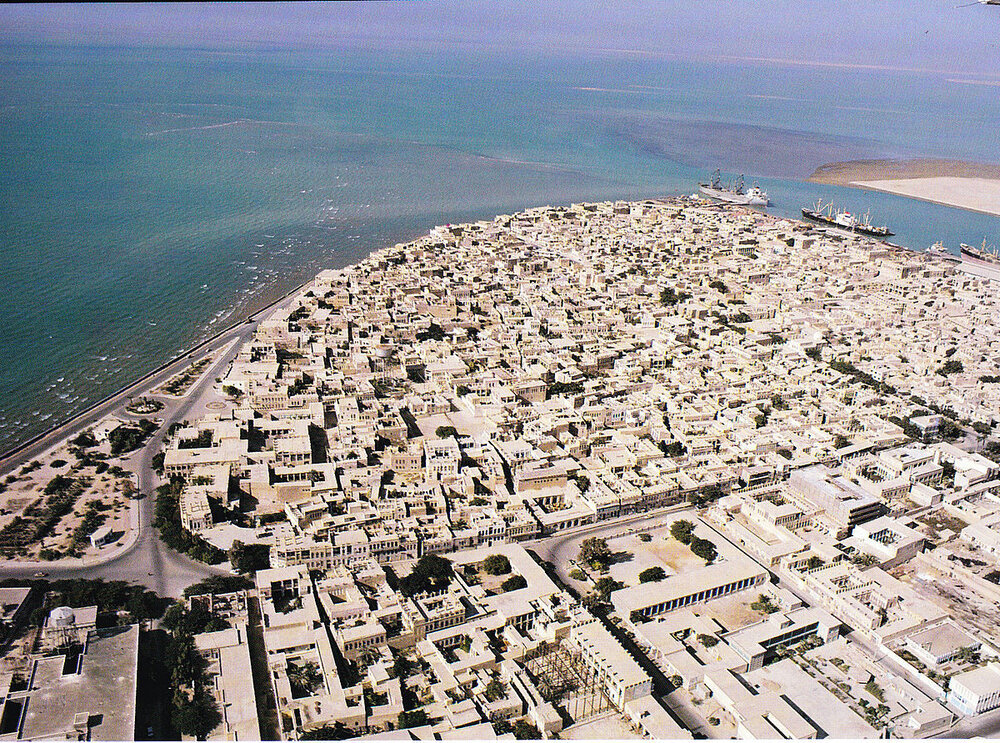20 historical structures in Bushehr undergo restoration

TEHRAN – A selection of 20 historical sites, including mud-brick mosques and fortresses, have undergone restoration across Bushehr province in southwest Iran.
Ra’is Ali Delvari Museum, an Imamzadeh (a tomb shrine dedicated to a Twelve Imams’ descendant), two mosques, and several fortresses have been subject to recent restoration work, IRAN quoted the provincial tourism chief as saying on Monday.
Caravanserais, edifices, a ruined arch bridge, a historical tomb, a library, and an ancient water supply structure are among the other sites being restored, Esmail Sajjadimanesh noted.
Those monuments date from various eras, including the epochs of Achaemenids, Sassanians, Ilkhanids, and Qajars, the official noted.
Over the past couple of years, a considerable number of historical monuments have been restored in Bushehr in close collaboration with private investors, as Busher seeks a UNESCO label for its historical core.
The province, which is bounded by the Persian Gulf, is home to various archaeological mounds including Tall-e Khandaq with Sassanid architectural style, Tall-e Marv located near an Achaemenid Palace, and Qajar era Malek al-Tojar Mansion.
It lies near the head of the strategic waterway at the northern end of a flat and narrow peninsula that is connected with the mainland by tidal marshes. It embraces significant monuments from the Elamite, Achaemenid, Parthian, and Sassanid eras.
Siraf in Bushehr province was the most important Iranian port during the Sassanid period, bearing plentiful evidence of Persian mastership and genius in seafaring, international relations, and interaction with other near and far cultures and civilizations. Between 1966 and 1973, the British Institute of Persian Studies conducted seven seasons of excavation and survey at Siraf, which was a major city on the Iranian shore of the Persian Gulf that played a leading role in the network of maritime trade that supplied Western Asia with the products of India, the Far East, and Eastern Africa between 800 CE and 1050.
Siraf had a population of about 300,000 during the early Islamic era and this fact shows that it was a large city. However, today, just about 7,000 people live in Siraf in a small area. The historical and architectural monuments of Bushehr include Islamic buildings like mosques and praying centers, mansions, old towers, castles, as well as gardens.
AFM
Leave a Comment